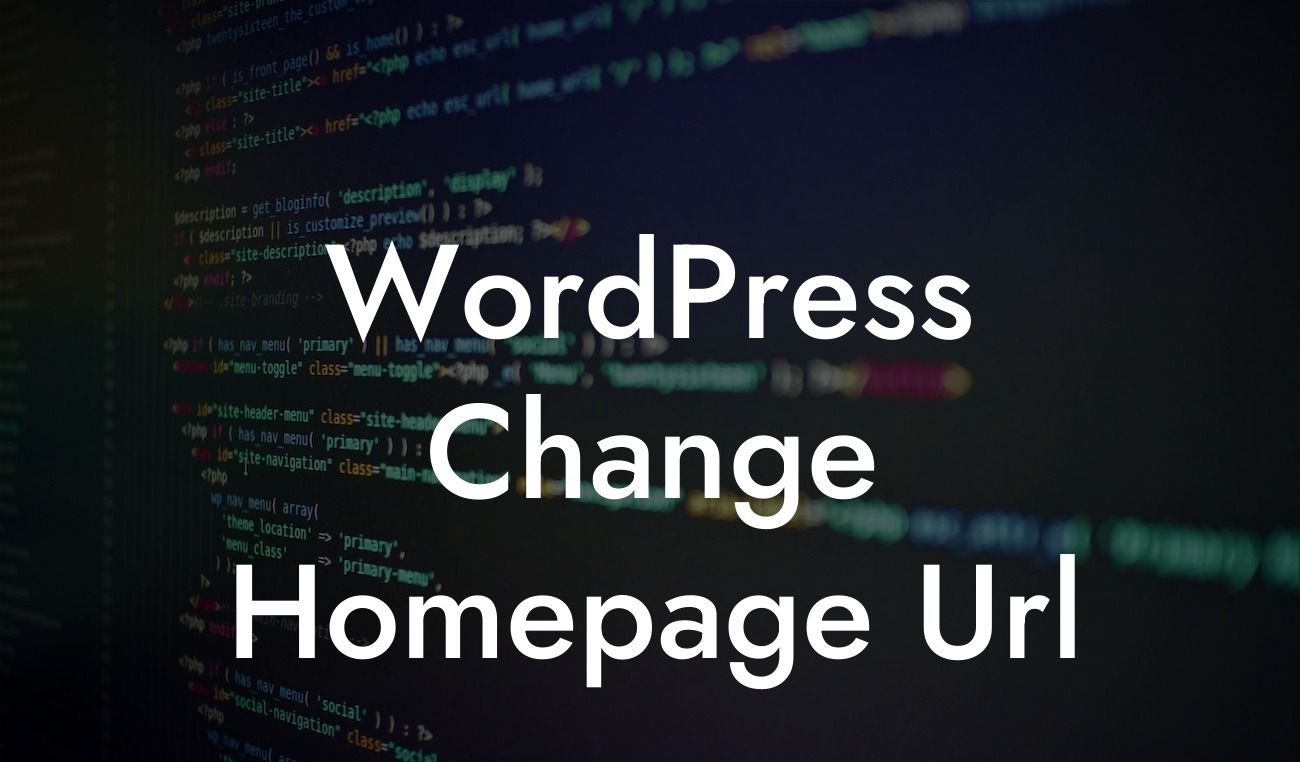Have you ever wondered how to safeguard your WordPress website from potential threats? In this comprehensive guide, we'll walk you through the essential steps to make your site secure, ensuring that you can focus on growing your small business or entrepreneurial venture with peace of mind. At DamnWoo, we understand the importance of online security, which is why we have developed a range of powerful and user-friendly WordPress plugins designed exclusively for small businesses and entrepreneurs. Say goodbye to cookie-cutter solutions and embrace the extraordinary with our expert advice.
H2: Assessing Vulnerabilities
Creating a secure WordPress site begins with identifying vulnerabilities. Start by conducting a thorough website audit to assess potential weaknesses. Look for outdated plugins, themes, or WordPress versions, as these can expose your website to hackers. Regularly update and patch all components to maintain a secure environment. Consider using plugins that offer scanning and vulnerability assessment features.
H2: Strong Passwords and User Management
One of the easiest ways to enhance WordPress security is by using strong passwords. Avoid using common passwords or ones that are easy to guess. Instead, opt for a combination of lowercase and uppercase letters, numbers, and special characters. Additionally, it is crucial to manage user access and permissions. Grant administrative privileges only to trusted individuals and limit access to other users based on their specific roles.
Looking For a Custom QuickBook Integration?
H2: Two-Factor Authentication
Implementing two-factor authentication adds an extra layer of security to your WordPress site. By requiring a second form of verification, such as a unique code or fingerprint, you can prevent unauthorized access even if a password is compromised. There are several reliable plugins available that allow you to enable two-factor authentication effortlessly.
H2: Keeping Plugins and Themes Updated
Regularly updating plugins and themes is vital for maintaining a secure WordPress site. Developers often release updates to tackle security vulnerabilities and improve overall performance. Enable automatic updates whenever possible, or schedule frequent manual updates to ensure you are running the latest versions and patches. Delete any unused plugins or themes to minimize potential risks.
H2: Securing Login Credentials
The login page is a common target for hackers. To protect your site from brute force attacks, rename the login URL, making it challenging for potential intruders to find. Additionally, consider implementing a login lockdown feature, which temporarily suspends login attempts after a certain number of failed tries. Limiting login attempts reduces the chances of a successful breach.
How To Make A Wordpress Site Secure Example:
Suppose you own a small e-commerce business that runs on WordPress. Your website holds confidential customer information and processes online transactions. Ignoring security measures leaves your business exposed and vulnerable to attacks. By following the steps outlined, you can fortify your WordPress site, ensuring the safety of sensitive data and the continued trust of your customers.
Congratulations! You've now learned the essential steps to make your WordPress site secure. By implementing these measures, you can safeguard your online presence, enhance customer trust, and focus on achieving your business goals. Remember to explore the additional guides and resources available on DamnWoo and consider trying our awesome plugins, specifically designed to elevate your success. Share this article with others who might benefit from the knowledge and join the ever-growing community of small businesses and entrepreneurs who prioritize security and excellence.













